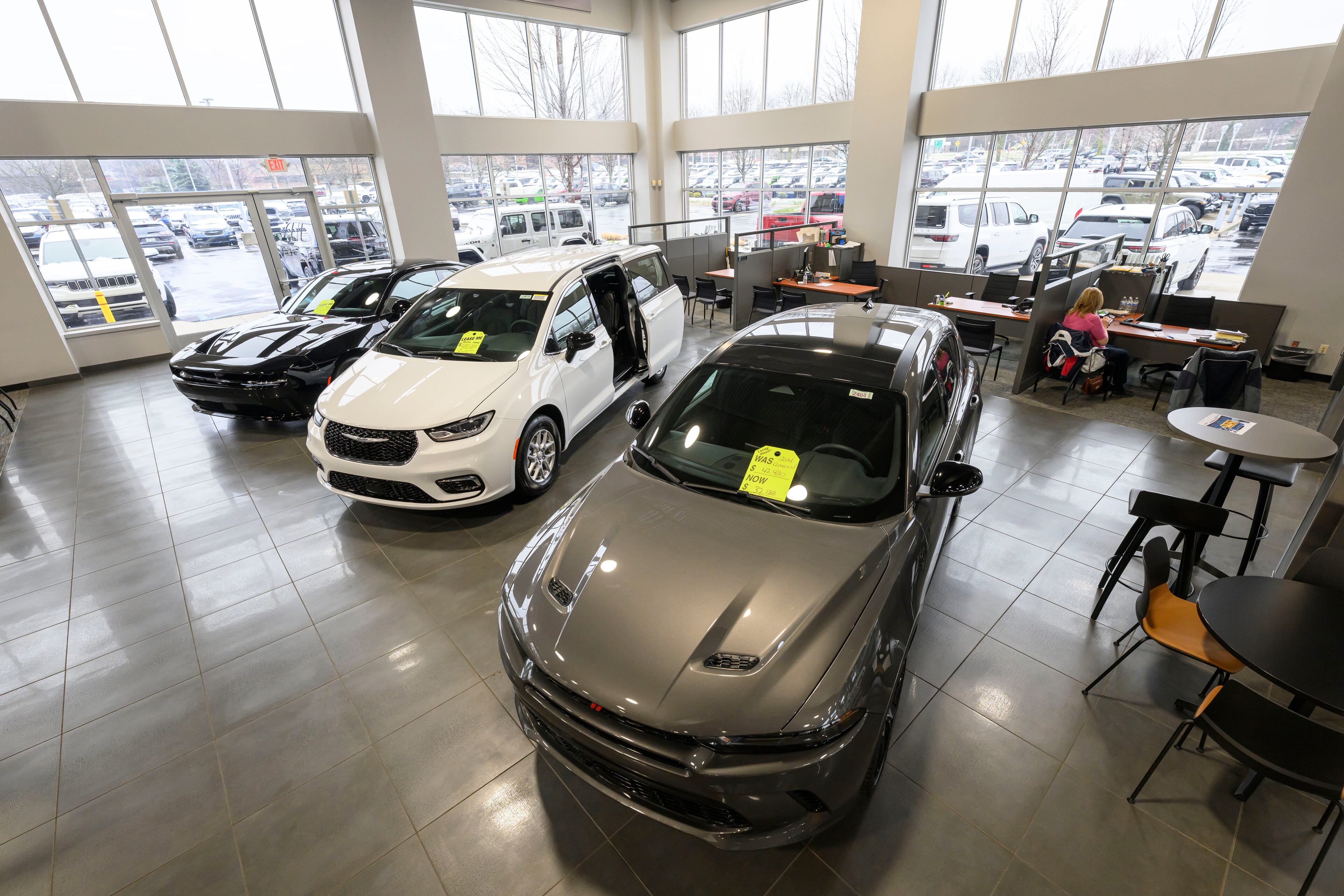December car sales are good but not magic

Automotive advertising cranks up as the year winds down, with dealerships and manufacturers splashing shiny vehicles and “don’t-miss” deals across every screen.
It’s enough to make shoppers wonder: Is December really the best time to buy a new car?
Conventional wisdom says yes, but reality is more complicated.
The gap compared to the rest of the year has narrowed. Prices, incentives, inventory and interest rates all move around, and smart buyers focus less on the calendar and more on conditions.
Year-end rush: truth or marketing?
“December deals” have a kernel of truth — retail activity often lifts at year-end — but the difference isn’t significant for new light-vehicle transactions.

According to Cox Automotive data, the last month of the year grabs roughly 9% of annual sales, compared to an even-month share of 8.3%.
The December advantage
Still, buyers may discover notable benefits toward the end of the year:
Inventory clearance: Dealers want remaining current-model-year vehicles off their lots so they can focus on the new model year. That pressure can translate into steeper discounts on outgoing inventory.
Sales targets: Salespeople and stores often have year-end bonuses and factory programs tied to hitting annual goals. If they’re close to a target, they may be more flexible on price or throw in extras to close a deal.
Rebates and incentives: Automakers frequently stack cashback offers, low-APR financing or attractive lease deals on top of dealer discounts to keep inventory moving at the end of the year.
That said, the old “December is unbeatable” narrative isn’t etched in stone. With better inventory management and more consistent promotions throughout the year, December deals tend to be good — just not uniquely good.
Where incentives stand now
Pandemic-related inventory shortages led to fewer incentives and higher prices, with discounts bottoming out in 2022 and rebounding as supply improved in 2023-2024. By December 2024, average incentives reached 8% of transaction price — about $4,000 per vehicle — but cooled to 6.5% in October 2025.

New-vehicle prices stayed high, with the average transaction price topping $50,000 for the first time in September 2025. While many discounts are available, they’re applied to a higher price baseline and have declined from late-2024 peaks. Popular models with heavy competition tend to offer better rebates, lease deals, and lower-APR financing than niche or hard-to-find vehicles.
Other good times to shop
December isn’t the only time to look for value. Several other windows can be just as good — or better — depending on what you’re shopping for.
- End of month/quarter. Dealerships track monthly and quarterly goals as closely as year-end tallies. The last few days of any month, especially at the end of March, June and September, can be strong negotiating periods as sales teams push to hit their numbers.
- Model changeover. New-model-year vehicles typically arrive in late summer and early fall. When they do, dealers often cut prices on the outgoing model year to free up space — a good time to buy if you’re OK with “last year’s” car.
- Holiday sales events. Major holidays like Memorial Day, Independence Day, Labor Day, and Thanksgiving often come with special promotions. These may not always beat year-end deals, but they’re worth watching, especially if you don’t want to wait until December.
Getting the best deal
Whatever month you choose, a few habits can stretch your car-buying dollar:
- Know the numbers. Pull the Fair Purchase Price / Fair Market Range on Kelley Blue Book for your exact trim and options; bring printouts or screenshots.
- Cast a wider net. Price multiple trim levels and powertrains (and even similar brands) to widen your target zone.
- Shop multiple stores. Email or text for written out-the-door quotes to create real leverage.
- Target outgoing or redesign-year models. Deeper discounts often show up when a nameplate is being refreshed.
- Run the “used vs. new” math. With new-car incentives around 6.5% of average prices, some new deals beat lightly-used equivalents, especially if you qualify for a subsidized APR.
- Prearrange financing. Get preapproved through a credit union or bank so you can compare the dealer’s offer.
- Keep used and certified pre-owned in the mix. As new-vehicle prices climbed, many buyers shifted to used; as new prices and incentives adjust, used values can move as well. Certified pre-owned vehicles — typically a few years old, low-mileage and inspected by the manufacturer — can offer solid value with warranty coverage that rivals new cars, often at a much lower price. Just be sure to compare interest rates, because used-car financing can be higher.
Bottom line
In the end, the “best” time to buy isn’t only about the calendar — it’s about your readiness and whether the factors are in your favor.
- Year-end deals can be attractive, but compelling offers pop up throughout the year.
- Stay on top of market conditions, incentives and local promotions so you recognize a good deal when you see one.
- Make sure your budget is in order and you’ve narrowed your vehicle choices before you start visiting showrooms. If you’re not paying cash, get preapproved for a loan so you know your rate and how much you can comfortably spend.
The ideal time to purchase a car is when you don’t have to replace one immediately. If your current vehicle is still serviceable, that flexibility lets you wait for the right combination of price, incentives and interest rate — and walk away if a deal doesn’t meet your terms. That patience can be worth as much as any year-end sales event.
Chris Hardesty is a veteran news researcher and editor who provides advice on buying, owning and selling cars for Kelley Blue Book and Autotrader.
The Steering Column is a weekly consumer auto column from Cox Automotive. Cox Automotive and The Atlanta Journal-Constitution are owned by parent company, Atlanta-based Cox Enterprises.
